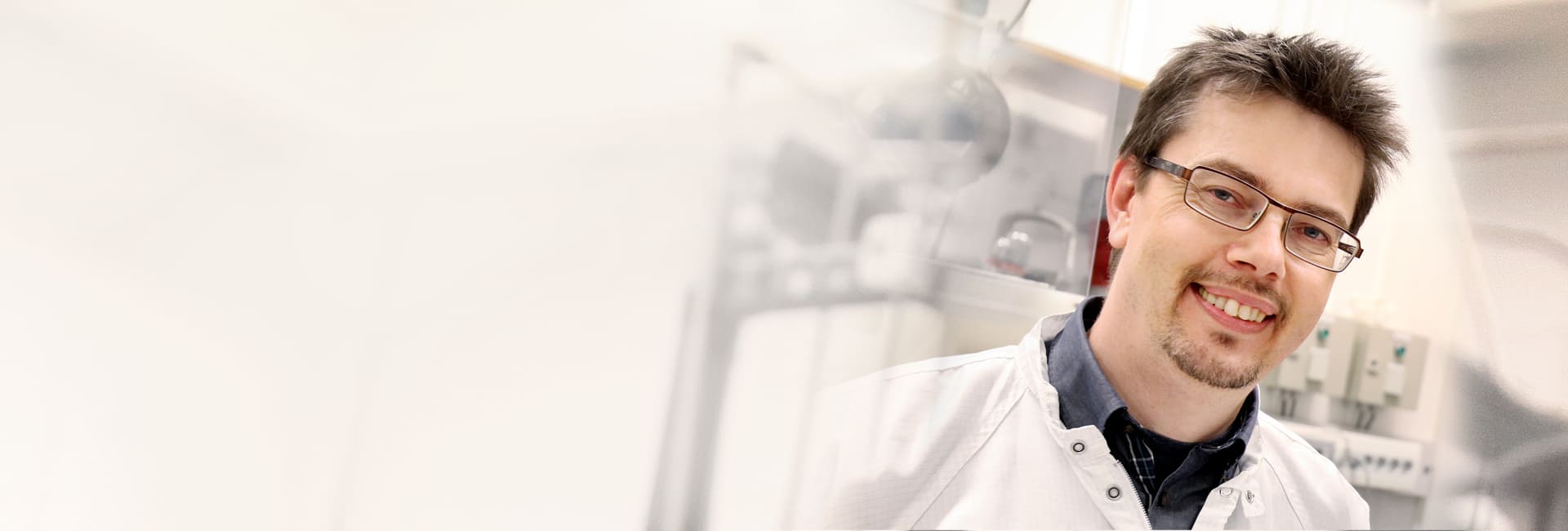
Dr. Mikael Syväjärvi, facilitating research and innovation capacity from advanced materials, is a scientist, innovator, entrepreneur, and platform builder. His dedication is in creating more usefulness from research and innovation in energy and environmental materials. The motivation comes from supporting sustainable approaches using key enabling technologies which can have a profound societal impact with global relevance. Mikael firmly believes that facilitating sharing of experiences and practices is a key function to create building of innovation capacity from advanced materials research and innovation. The essence of that is collaboration and partnerships as a way for creating the utilisation network.
Dr. Syväjärvi is therefore active with the network and community building in research and innovation, and has various organizations, communities, and networks relations which act to be facilitating sustainable objectives, such as International Association of Advanced Materials, Alminica AB, Center for Research Utilisation, EMPIRI (Energy and Environmental Platform for Research and Innovation), NANOSMAT Global, Young Professionals Society, including using innovator models and tools such as Clustering Dynamics and Glocal Innovator Support Model (GISMODEL) which have been created by Dr Syväjärvi.
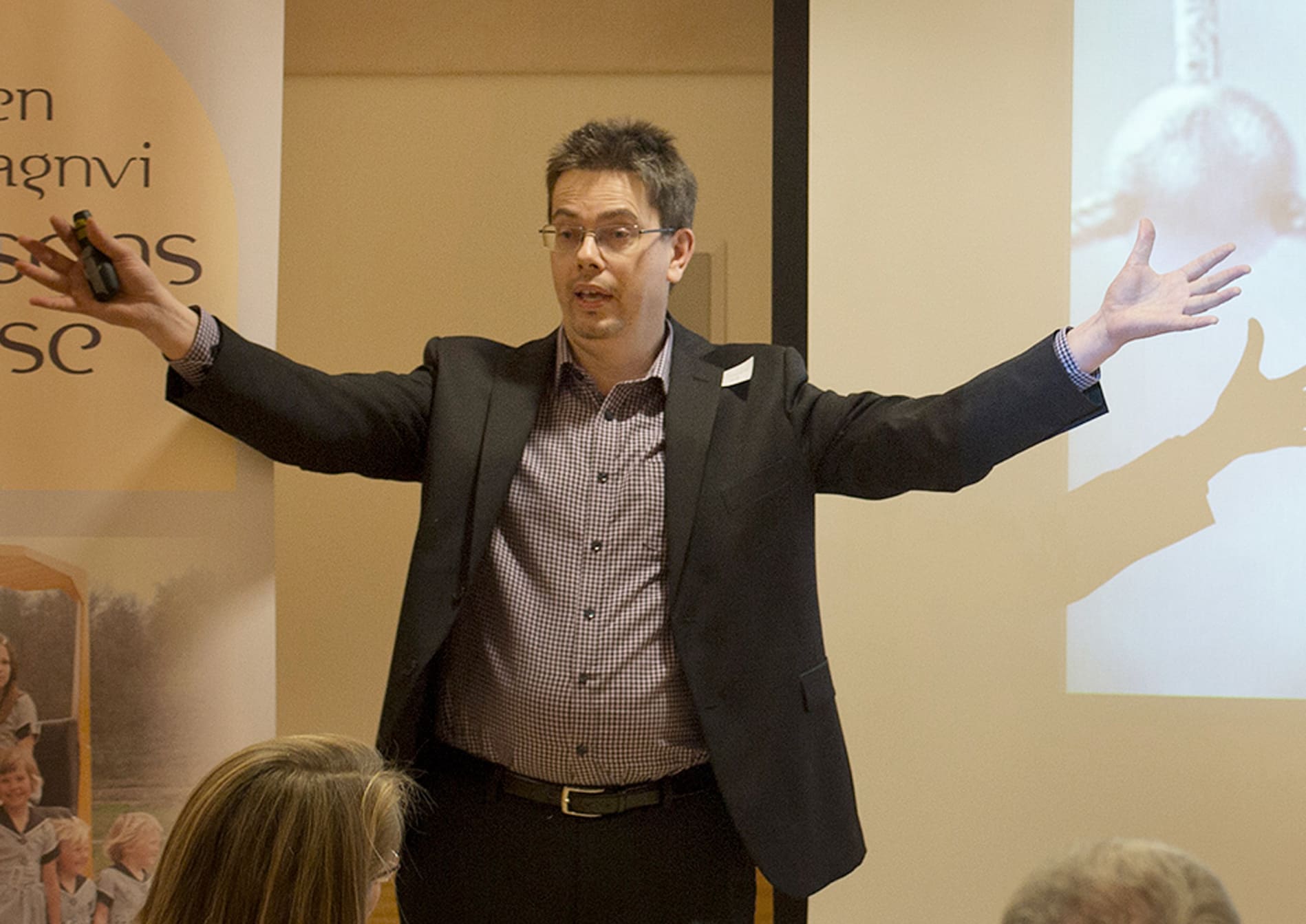
The experience to act in utilisation from research and innovation has been established by various contributions in the advanced materials innovative landscape in broader contexts, such as gained at the contribution to Swedish National Innovations Program Graphene, where he served in the board in the period 2014-2018, Research and Innovation Strategy for Smart Specialisation (RIS3) for regional economic growth as promoted by European Commission where he was active in Smart Specialisation 1.0 as S3 Smart Specialisation expert with Region Östergötland (2013-2018) with implementing smart specialisation as well as take part in Baltic Sea Region project EmpInno (e.g. main contributor written reports on Synergy and Empowerment, Organizational Coaching Tools, Feedback Paper), member of project team that lead to creation of Innovative Materials Arena in region of Östergötland.
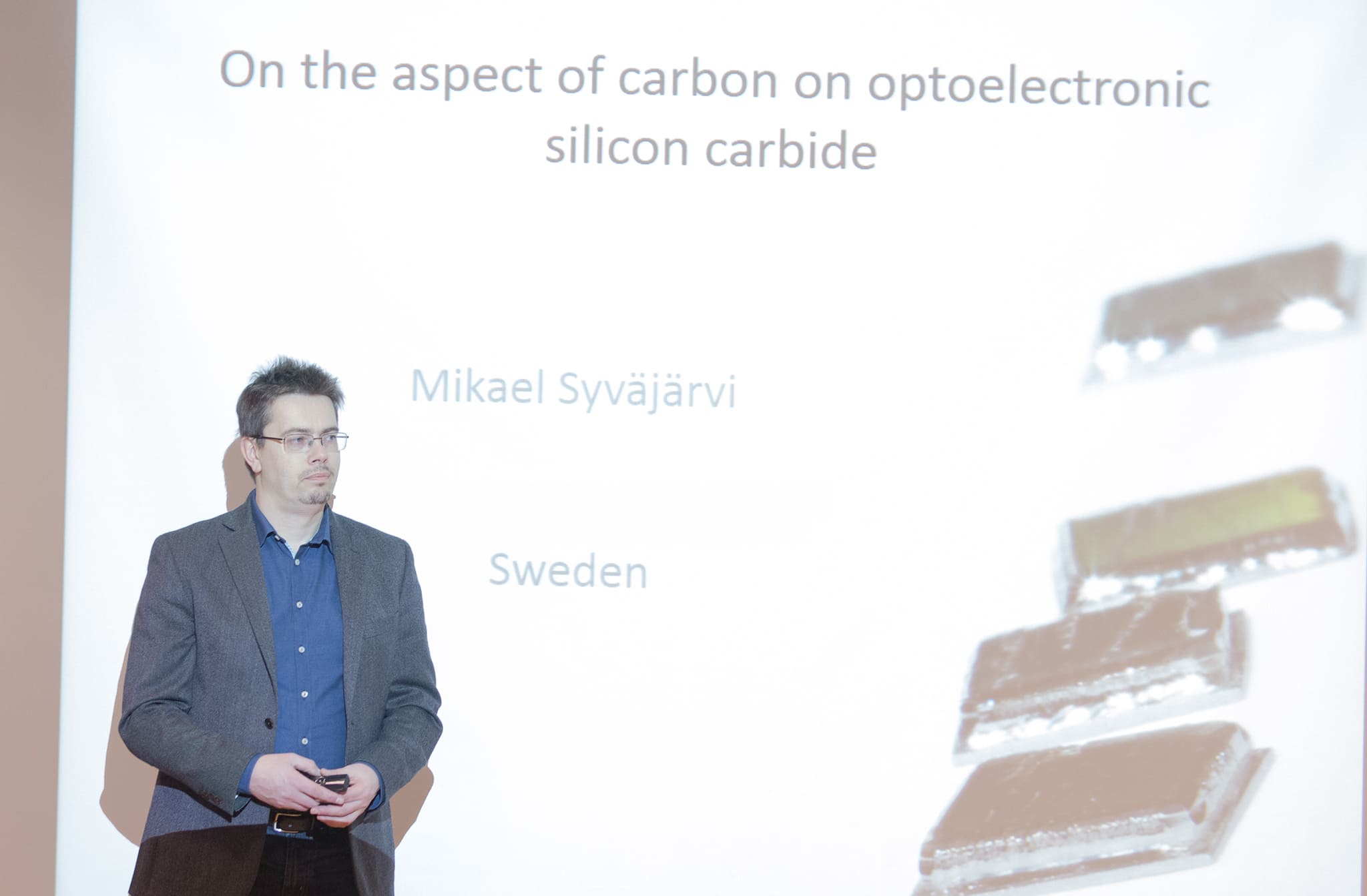
His contribution in innovation management by innovation knowledge and transfer activity at European level is reflected by being in 2020-2023 partner in H2020 EU-FET Open (FET – Future emerging technology in the EU program RIA – Research and Innovation action) project on frequency comb (SiComb). The project demonstrates a ground-breaking ultra-broadband frequency comb which is chip-based and one of the solutions to increase the network capacity using less energy. Besides, increasing the capacity of network technology, the new silicon carbide-based optical chip will also have important impacts on many other scientific and engineering areas such as quantum optics, quantum computing, sensing, and imaging. This is why innovation knowledge and transfer activity become an added value. A frequency comb is an instrument that creates very short light ultrafast pulses using a laser and can measure wavelengths down to 15 decimal places. The high accuracy means that it can be used in, for example, atomic clocks and GPS devices, while the broad usefulness comes when using this technique to transmit data (a faster and more energy efficient internet). The FET-Open projects are cutting-edge high-risk / high-impact interdisciplinary research with essential characteristics like Radical vision, Breakthrough technological target, Ambitious interdisciplinary research. These keys enabling technology approaches and avenues are now in Horizon Europe presented as EIC Pathfinder by European Commission’s policy initiatives and practices in European research and innovation and how to contribute to research and innovation strategy.
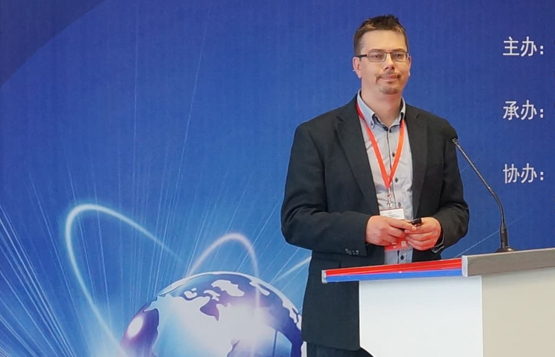
Dr Syväjärvi’s experience in materials growth originates from the PhD studies in 1990s during which he explored physical vapor transport (PVT), liquid phase epitaxy (LPE) and sublimation epitaxy of silicon carbide, as well as graphene on silicon carbide and surface modification of the material. The liquid phase epitaxy was studied, and the team made the first experiments in the world about growth of silicon carbide in microgravity on the sounding rocker MASER 7 that was launched at ESRANGE in Kiruna.
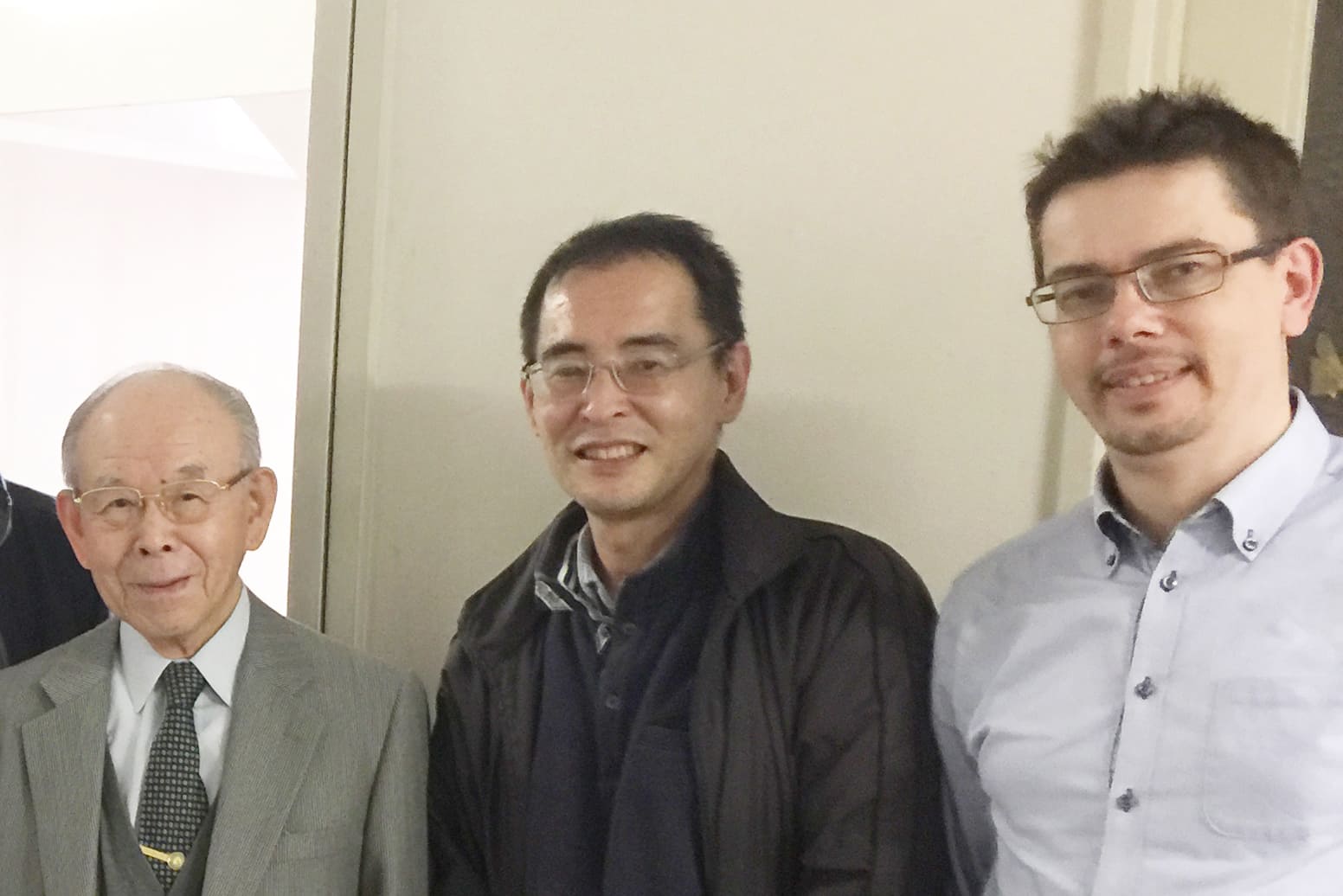

The sublimation epitaxy was explored for the growth of fluorescent silicon carbide for a new type of white LED in general lighting. Dr Syväjärvi initiated the research area in fluorescent silicon carbide in Europe and was the initiator of the NORLED project (Nordic Light Emitting Diodes) that was granted in a call by Nordic Energy and selected as one of four granted projects from 51 applications. The NORLED project was coordinated by Dr Syväjärvi and had 11 partners with a total funding of 7 MSEK. The work was done in collaboration with Meijo University with Prof Satoshi Kamiyama that proposed the LED concept and among collaborators are Prof Akasaki and Prof Amano (they were rewarded with Nobel Prize in Physics 2014 for blue LED).

Dr Syväjärvi made first findings in growth of cubic silicon carbide in the years 1999-2000. He initiated the first study of cubic silicon carbide for solar applications based on the intermediate band concept. In that the addition of a level in the bandgap makes it viable to collect three parts of the solar energy in one material instead of the conventional one part. Other approaches apply combination of three materials to collect several parts of the solar energy but are facing challenges in mismatch between the materials when combined. The cubic silicon carbide is further studied to generate hydrogen by solar driven water splitting as well as split carbon dioxide using solar energy.
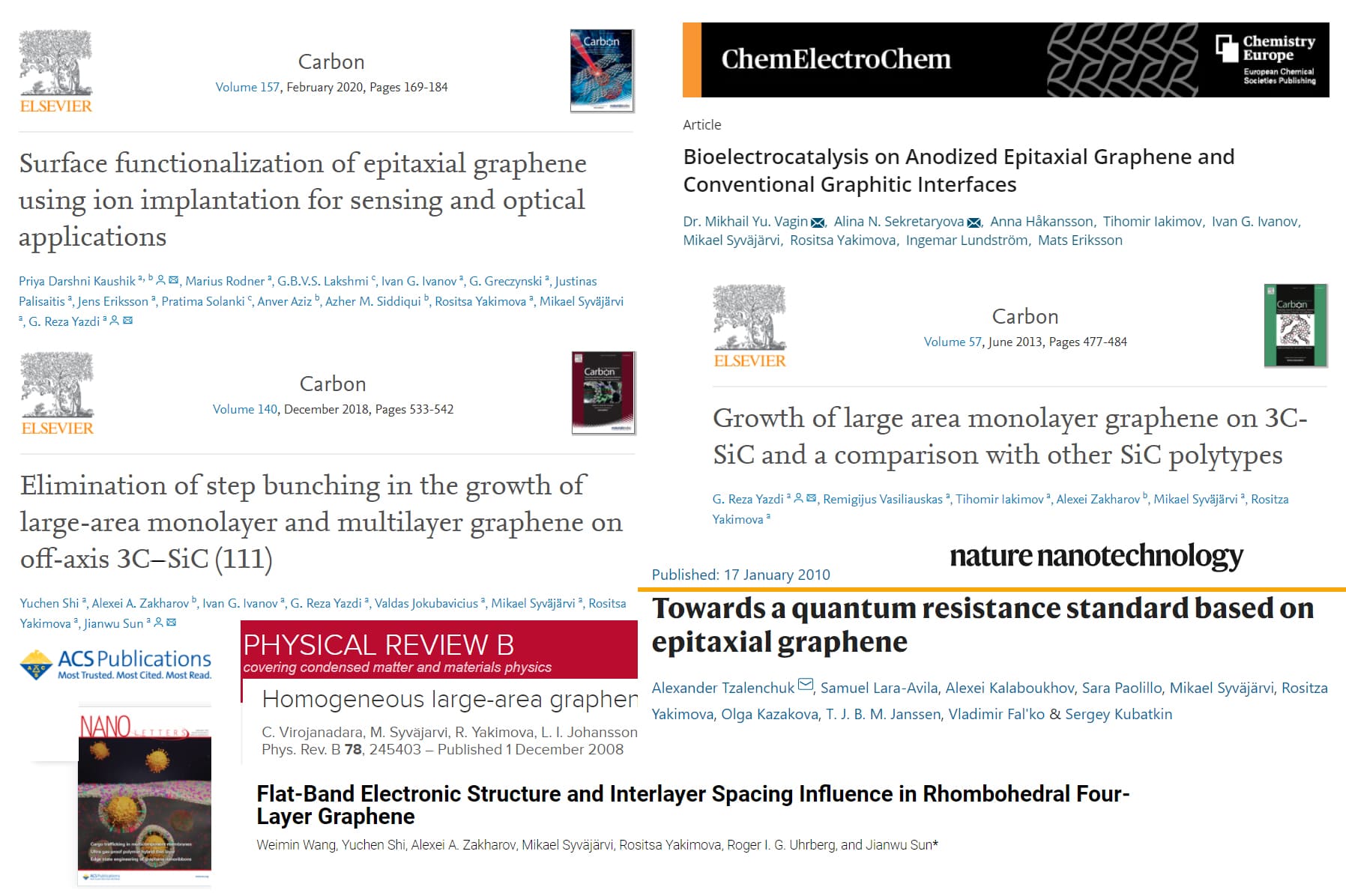
Dr Syväjärvi was also early in graphene on silicon carbide where he was in lab exploring a fabrication process of monolayer graphene with first findings in 2005. The graphene became later highly relevant when it led to the Nobel Prize in physics in 2010. The graphene on silicon carbide process was further developed, findings were presented in Nature Nanotechology in 2010. The process was later patented and Dr Syväjärvi was active with creating the spin-off company Graphensic AB that was started in 2011. The company is one of the first in Europe with its sole business based on graphene. One future potential in graphene is in functionalization of surfaces for gas and biosensing, including energy applications.